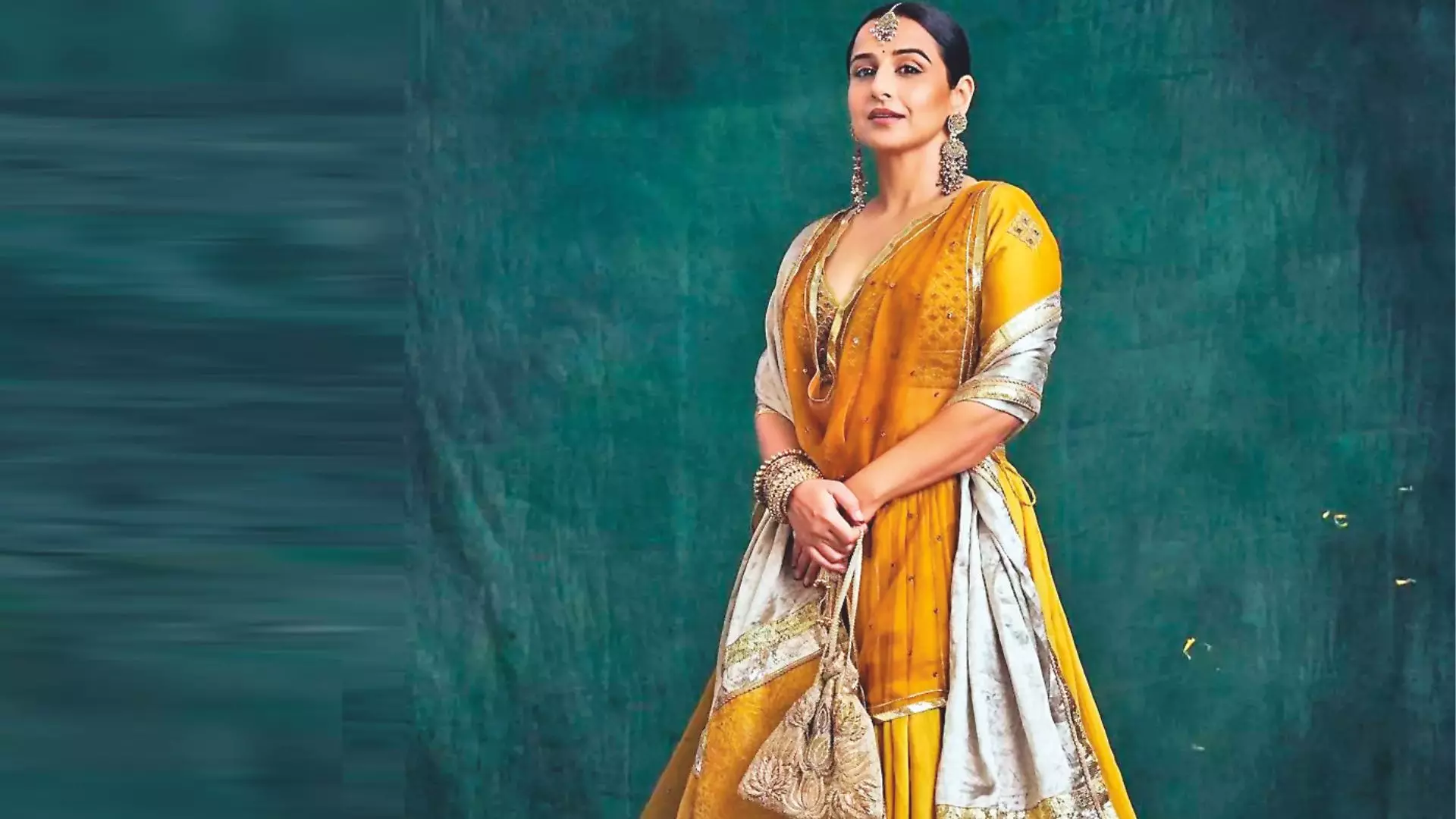Beauty in imperfections
Clothes pigmented with flower dyes might not remain bright forever, but their limitations make them unique

Actress Alia Bhatt made heads turn recently with the luminous, muted-gold saree she wore for a laid-back Diwali celebrations at home. The most distinguishing feature of the saree was the origin of its resplendent colour. The saree from the brand re-ceremonial had been dyed using recycled marigold flowers from Siddhivinayak temple in Mumbai. The attires of her husband, actor Ranbir Kapoor, and her daughter, Raha, were also dyed in the same way. Even Vidya Balan’s customised ensemble, the Indira Assi Kali ghagra, in a rich yellow tone for the Anant-Radhika wedding, paid homage to the Siddhivinayak temple.
Are clothes coloured with plant dyes the better way ahead?
Using plant dyes for clothes is not a new phenomenon, but environment-friendly fashion has become the need of the hour.
Can celebrities inspire others to follow the trend? Ganesh Nallari, a fashion designer, says: “There is certainly an impact when celebrities embrace natural dyes. I know two celebrities — Amala Akkineni and Lakshmi Manchu — who advocate for natural dyes.”
“While Amala wears only Ahimsa silk, Lakshmi makes a conscious choice to wear Kalamkari and other handloom products every opportunity she gets. In fact, two of my friends have embraced natural dyes and handlooms.”
Reds and yellows from nature
Explaining the early origins of such dyes, Nallari says: “The concept is not new. In Kalamkari paintings and printing process, red dye is obtained from madder roots, yellow from pomegranate seeds or mango bark, black from myrobalan roots, and blues and greens from Indigo leaves.”
“Natural dyes are more popular in Asian countries like China, Japan and Indonesia, than in the West. Ukraine and some parts of central America have natural dye products too,” he adds.
No toxic trail
In a world where making environment-friendly choices have become the need of the hour, organically dyed clothes need to be embraced on a larger scale. Venkat Gaddam, a fashion designer, says: “Natural dyes come from plants, minerals, and even insects, making them way more eco-friendly than synthetic dyes, which are petroleum-based and full of harmful chemicals. Synthetic dyes can pollute water and the environment, but natural ones break down easily and don’t leave a toxic trace. Using natural dyes supports sustainable farming and is a step towards a greener planet.”
Limitations
However, like every good thing, plant dyes too come with a set of limitations.
“While natural dyes offer sustainability and a beautiful connection to tradition, they come with certain limitations. Achieving colour consistency can be challenging as natural dyes can vary based on factors such as soil and season. Additionally, they often require more time and expertise in the dyeing process, and some colours may not be as vivid or long-lasting as synthetic alternatives without special treatment,” says Gaddam.
Storing plant dyes can be a challenge too. Maya Vivek, co-founder of HolyWaste, a social enterprise that processes floral waste from temples to manufacture various items, says: “Although I am yet to discover the shelf life of dyes made with recycled flowers under the HolyWaste myself, my understanding is that natural dyes, unless made in a proper way and stored well, tend to spoil within days.”
However, the designers feel there is a certain beauty to the imperfections of plant dyes. “They tend to bleed and fade over time, but there is a certain beauty in it. Most importantly, it’s environment-friendly fashion,” says Nallari.
“We should embrace these characteristics as part of the uniqueness of wearable art — no two pieces are ever exactly the same, embodying true individuality and craftsmanship,” adds Gadde.
Maya Vivek feels that more and more fashion lovers are more open to embracing flower dyes.
“Thanks to social media, many people, who are either on a slow-living journey or as a hobby, are talking about recycling or repurposing flowers after use. There is an increase in awareness and an eagerness to work with natural dyes from flowers,” she says.

